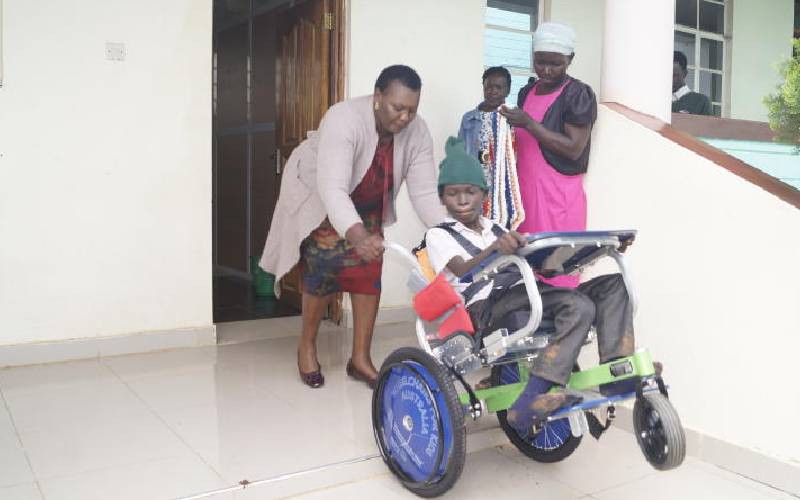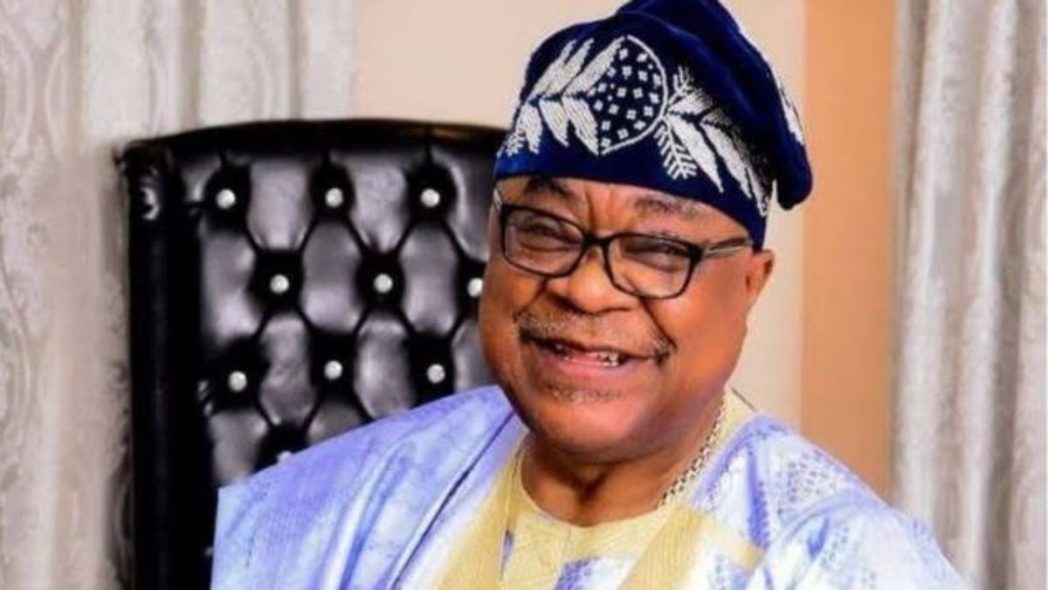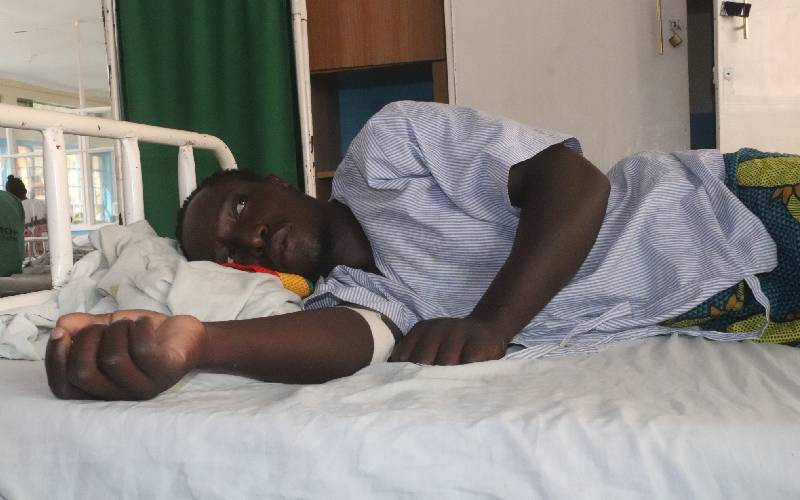Inside our built environment
22 June 2025 - 00:00
 Just R20 for the first month. Support independent journalism by subscribing to our digital news package.
Just R20 for the first month. Support independent journalism by subscribing to our digital news package.
The Joburg Contemporary Art Foundation (JCAF) has launched Structures the second show in its “Worldmaking” trilogy, which explores the built environment.
Image: Supplied
After last year’s Ecospheres which saw artists from across the Global South respond to the natural world, the Joburg Contemporary Art Foundation (JCAF) has launched Structures, the second show in its “Worldmaking” trilogy, which explores the built environment.
The exhibition traverses the world from Brazil to South Africa, Algeria and Tunisia. It reflects on the ways in which indigenous forms of knowledge and artistry have contributed to the creation of distinctive vernacular architectures that speak to how artists and architects navigate questions of space, place and race.
Stephen Hobb’s installation Mnara
Image: Supplied
At the entrance to the museum, visitors are greeted by Stephen Hobbs’s installation Mnara (the Swahili word for “tower”) a non-functional scaffold that speaks to and riffs on the ever-present sight of building scaffolding seen in cities across Africa, and the lofty ambitions and sometimes shattered hopes they invoke. Originally created as a small-scale model referencing a photo the artist took in 2002 of scaffolding in Tanzania, the new life-size version offers a thoughtful invitation to ponder the many ways that people have aspired to reach the heavens across time and place.
Inside the foundation Rebecca Potterton’s mural Marks of Home illustrates the innovations in structure building made by different cultures across the Global South. It highlights the unique characteristics of a vernacular architecture often pushed to the margins in traditional, Western-centric thinking and teaching about the subject.
It took the JCAF staff days of patient couscous boiling and careful pouring into molds to install French Algerian artist Kader Atta’s striking installation, Untitled (Ghardaïa), a reconstruction of the ancient Algerian city of Ghardaïa that will, over the course of the exhibition, begin to disintegrate as the grain it's made from is exposed to the vagaries of time and the elements. Originally from the Maghreb region, couscous is now globally consumed, and Atta’s installation evokes questions about the relationship between Algeria and its former colonial occupier France, and the cultural impact of the periphery on the centre. This point is underlined by accompanying prints referencing modernist legends Le Corbusier and Fernand Pouillon, whose work was much influenced by the architecture of North Africa — without acknowledgment.
Kader Atta’s striking installation, Untitled
Image: Supplied
Atta’s installation is the first work in the exhibition’s first section, titled “Situatededness,” comprising works made by artists with relationships to North Africa and the Middle East. Iran-born, Cape Town-based Kamyar Bineshtarigh’s work uses the marks made on the wall of a panel-beater’s workshop in Cape Town to ponder the ways that human labour and gestures leave their shadows on the spaces in which they work. Canadian artist Hajra Waheed’s This Is Not a Door, Just a Sense There Might Be One at Some Point 1-2 consists of a small pair of porcelain sculptures of door frames, emphasising the space of uncertainty and hope that exists between them. Franco-Tunisian photographer Jellel Gasteli’s Série Blanche quietly considers changes in light as a marker of time in the stone architecture of mosques on the Tunisian island of Djerba, inviting quiet personal contemplation of memory and the “pure spirit of place”.
Franco-Tunisian photographer Jellel Gasteli’s Série Blanche
Image: Supplied
In “Infrastructures,” the second section of the exhibition, artists from South Africa, Angola and Brazil deal in singular ways with the relationships between structures, ideology, power and society. Here six photographs by David Goldblatt from his long-running series examining the structure of things offer imposing reflections on the ways in which the architecture of built spaces, such as churches, monuments and miners’ compounds, imposed apartheid ideology on the built environment.
The more contemporary work of the all-female architecture collective Matri-Archi(Tecture) invites viewers to interact with ideas of place in relation to nationally symbolic sites like the Union Buildings and Constitution Hill, and reflect on the ways that these have symbolically changed through the various histories of South Africa. Angolan artist Kiluajani Henda’s Structures of Survival (Namibe Desert) poses questions about land and settlement through its series of photographs of the construction of an informal dwelling in the bleak wastelands of the Namib desert.
Kiluajani Henda’s Structures of Survival (Namibe Desert)
Image: Supplied
Brazilian artist Hélio Oiticica’s installation of a favela shack within the museum serves as a celebration of ingenuity and resilience that can be experienced by visitors as they walk through it, shifting stones and sand beneath their feet.
Brazilian artist Hélio Oiticica’s installation of a favela shack
Image: Supplied
The final section of the show, “Typologies,” comprises two impressively complex and layered installations by MADEYOULOOK — the collaboration between South African artists Molema Moiloa and Nere Mokgotho — which has, for many years, investigated questions about history, land and dispossession in South Africa. The work shown here, Dinokana, was exhibited at the South African Pavilion at last year’s Venice Biennale and consists of an installation and soundscape that considers the histories of the Bahurutse and Bakoni people and the cultural significance of rain and water in traditional life.
Cape Town-based artist Igshaan Adams’s ethereal installation of woven tapestries and wire sculptures Gebedswolke offers a surreal and bittersweet portrait of the ways that residents of Langa, Bonteheuwel and Heideveld forge new paths through the imposed boundaries of apartheid-era spatial planning and how these reflect the dreams, desires, necessities and daily struggles of the people who carve them over time on the Earth.
There are, as demonstrated by Structures, many ways of living, building and navigating the relationship between humans and their environment. The exhibition offers a wide-ranging and provocative consideration of the way we build and shape the world around us through the crucible of necessity, knowledge and ideological and creative expression.
Structures offers a wide-ranging and provocative consideration of the way we build and shape the world.
Image: Supplied
 Just R20 for the first month. Support independent journalism by subscribing to our digital news package.
Just R20 for the first month. Support independent journalism by subscribing to our digital news package.








